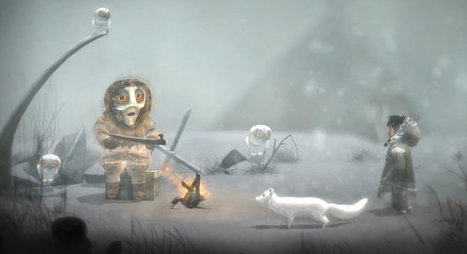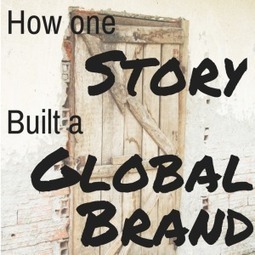"In this excerpt from Consciousness Engineering, Lisa Nichols gives some practical examples of what we mean by "telling your story" and how it can help you in every aspect of your life, whether it's professional or personal."
Most people tell a story. Showing requires more of you. It means finding the colours by showing what you were thinking, feeling, seeing.
Watch this short video to discover the difference and power of showing someone a story. You'll hear two examples of the difference of telling and showing someone a story by hearing:
- Lisa's financial hardships raising her child
- Being angry



 Your new post is loading...
Your new post is loading...

















In this short video, we get two powerful examples of what makes a great story. Lisa outlines it as:
To get your story going, identify the state of time it takes place in. Paint the picture, take me to the environment, set the backdrop.